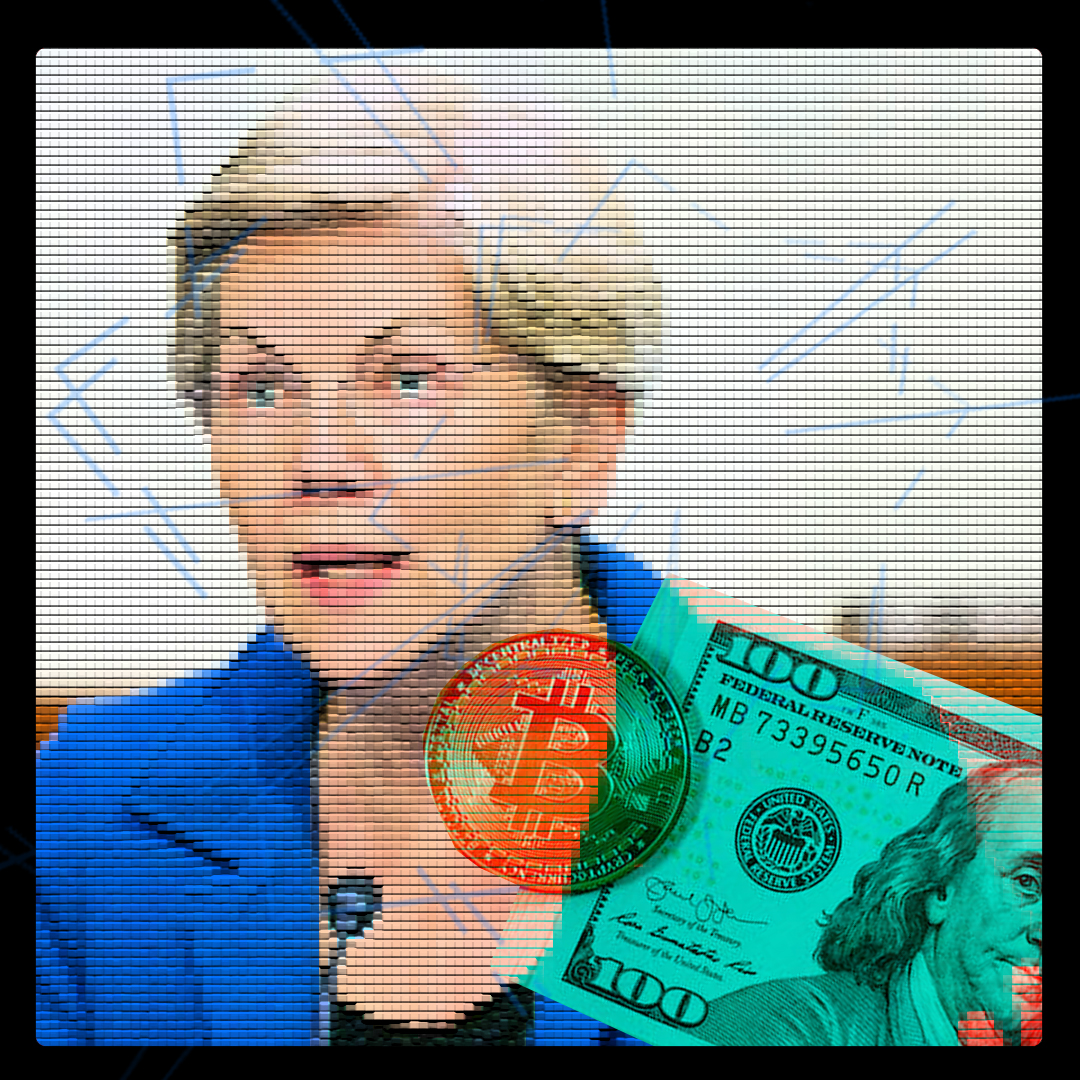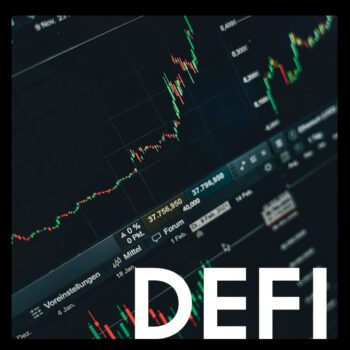|
thisCrowd - Audio Read
Getting your Trinity Audio player ready...
|
In a recent study conducted by the Federal Deposit Insurance Corporation (FDIC), there is encouraging news: a decline in the number of unbanked households in the United States. This reduction, reaching its lowest point in over a decade, highlights potential progress in financial inclusion. In this article, we’ll dive into the survey’s findings, explore the reasons why some individuals remain unbanked, and consider the implications of this evolving trend in the financial landscape.
Decline in Unbanked Households: The FDIC’s 2019 Survey of Household Use of Banking and Financial Services presents a significant shift. In 2019, the survey found that 5.4 percent of American households were unbanked, marking the lowest percentage recorded since 2009.
Understanding the Unbanked: Before we delve deeper, it’s crucial to clarify who falls into the category of the unbanked. These are households that do not engage with traditional financial services such as checking or savings accounts. Instead, they prefer cash transactions or alternative financial services like payday loans and check cashing.
Reasons Behind Remaining Unbanked: The survey identifies several factors that contribute to some individuals, often from lower- to moderate-income backgrounds, choosing to remain unbanked:
- Financial Challenges: Some believe they do not possess the financial means required to maintain a bank account. Others cite a distrust of banks, often stemming from past negative experiences or a desire to maintain their financial privacy.
- Social Influences: In certain cases, individuals simply do not perceive the necessity of having a bank account. They may also lack role models within their social circles who engage with the traditional financial system.
- Institutional Barriers: Factors such as inconvenient bank locations, high account fees, and a lack of desired banking products and services can act as deterrents. Additionally, a poor credit history or a negative ChexSystems status can create obstacles to accessing traditional banking.
Recognizing the Underbanked: While the primary focus of the survey is on the unbanked, it’s essential to acknowledge the existence of the underbanked. These are individuals who possess bank accounts but grapple with financial challenges, such as accruing overdraft fees, lacking essential savings, or avoiding direct deposit.
Costs Associated with Alternative Financial Services: When individuals steer clear of traditional banks, they often turn to alternative financial services (AFS). These services, including payday loans and non-bank check cashing, offer convenience but can also carry substantial costs. Payday loans, in particular, are known for their high interest rates.
The Financial Impact of Being Unbanked: Dependence on AFS can take a significant financial toll on unbanked households. According to a U.S. Postal Service report, these households spend an average of $2,412 annually on AFS fees and interest. Beyond the immediate costs, reliance on AFS can hinder the establishment of a credit history, impacting access to critical financial opportunities.
Benefits of Banking: Participating in the traditional banking system offers several advantages. It provides protection against theft and fraud, grants access to more affordable loans, and simplifies everyday financial transactions. Moreover, having a bank account enables individuals to build a credit history and prepare for unforeseen financial challenges.
Initiatives to Support the Unbanked: Acknowledging the significance of financial inclusion, various state and federal programs are actively working to assist the unbanked. Initiatives such as the FDIC’s Money Smart program and California Governor Arnold Schwarzenegger’s Bank on California Initiative are dedicated to bridging the gap by providing access to banking services and enhancing financial literacy.
Conclusion: The decline in unbanked households represents a promising step forward, signaling potential advancements in financial inclusion. Nevertheless, substantial work remains. Overcoming the barriers that discourage individuals from engaging with traditional banking services is not only about fostering economic opportunities but also about nurturing a fair and equitable society for all.







































